The recent animal welfare news has it that the snow leopard population in Himachal Pradesh has increased significantly in the past four years, marking an impressive victory for the conservation of wildlife. From 44 individuals to 83 majestic cats, the population has risen substantially, according to The Status of Snow Leopard in Himachal Pradesh 2025 report.
This groundbreaking survey was carried out cooperatively by the Nature Conservation Foundation and the Wildlife Wing of the Himachal Pradesh Forest Department, which not only highlights a remarkable recovery but also documents the first sightings of two rare species: the Pallas’s cat and the woolly flying squirrel.
These revelations reinforce Himachal’s status as one of India’s key high-altitude biodiversity hotspots, introducing new momentum to Snow Leopard Conservation in Himachal Pradesh.
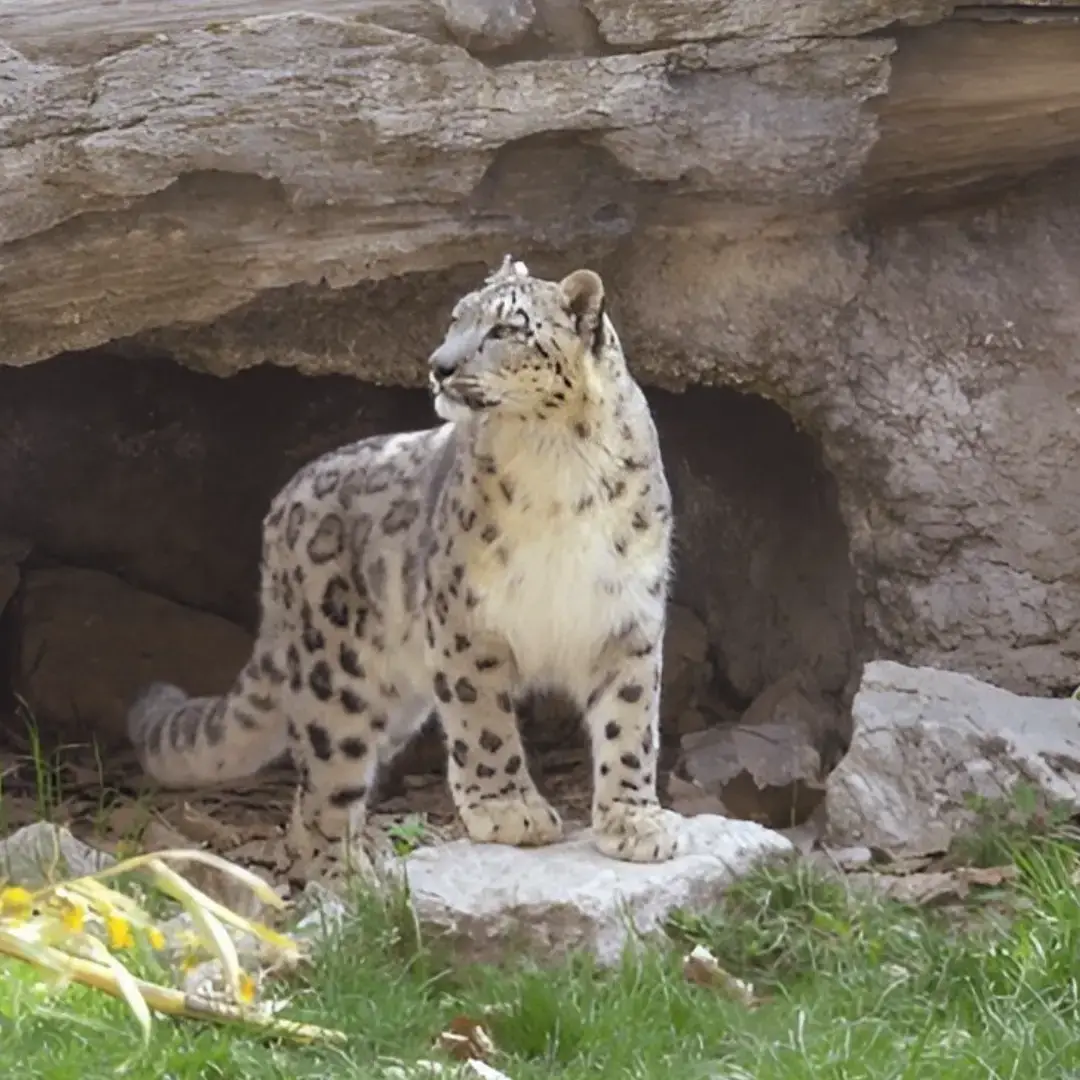
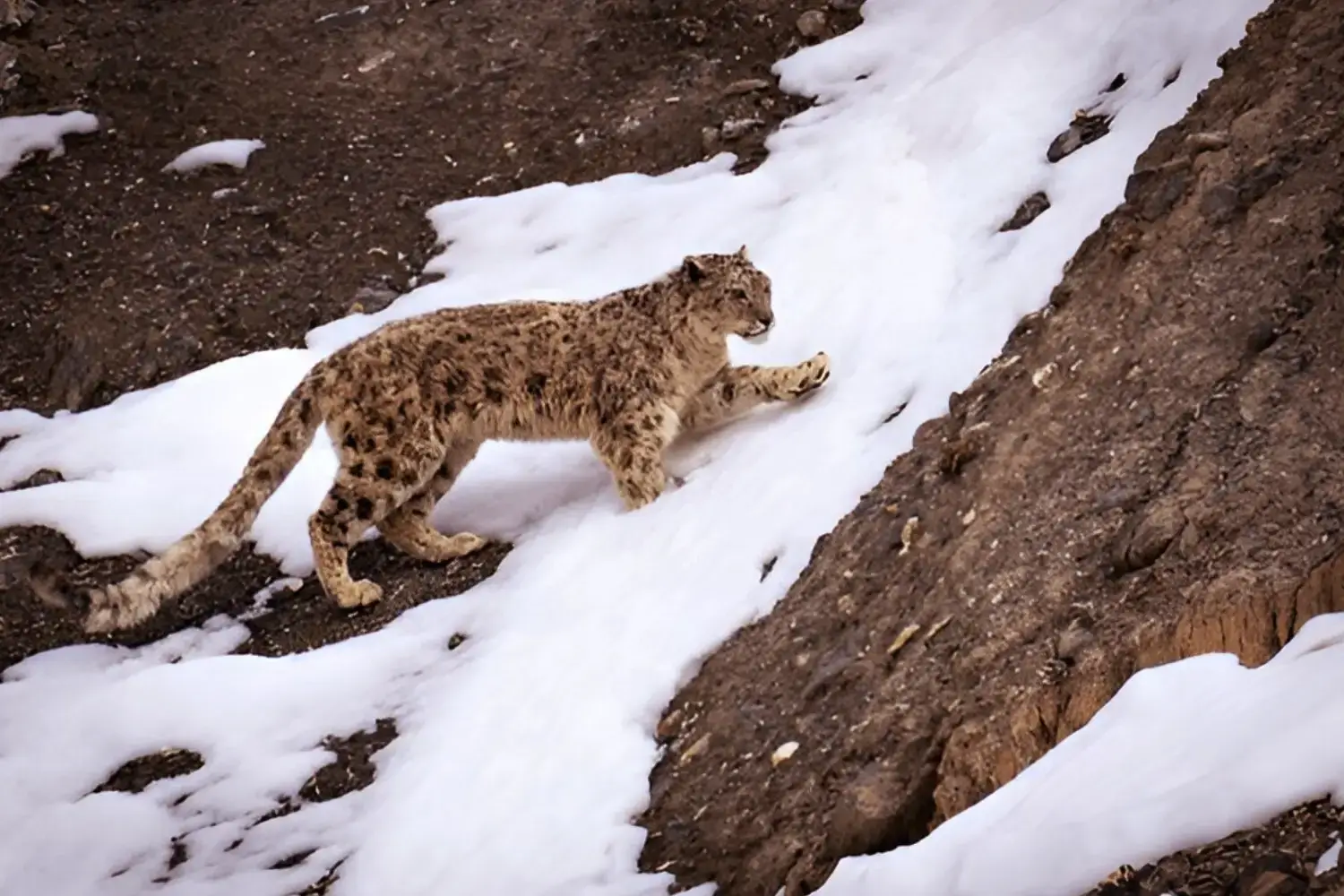
The recent survey presents promise for conservationists around the world. Researchers used a large-scale camera trapping technique to map six high-altitude sites, covering almost 26,000 square kilometers, and recorded 262 independent detections of these elusive predators, actually marking a substantial increase from the last tally.
Key Findings of the Tally
Thus, the massive increase in the snow leopard population in Himachal Pradesh suggests conservation initiatives and community-based action towards wildlife protection efforts have yielded tangible results.
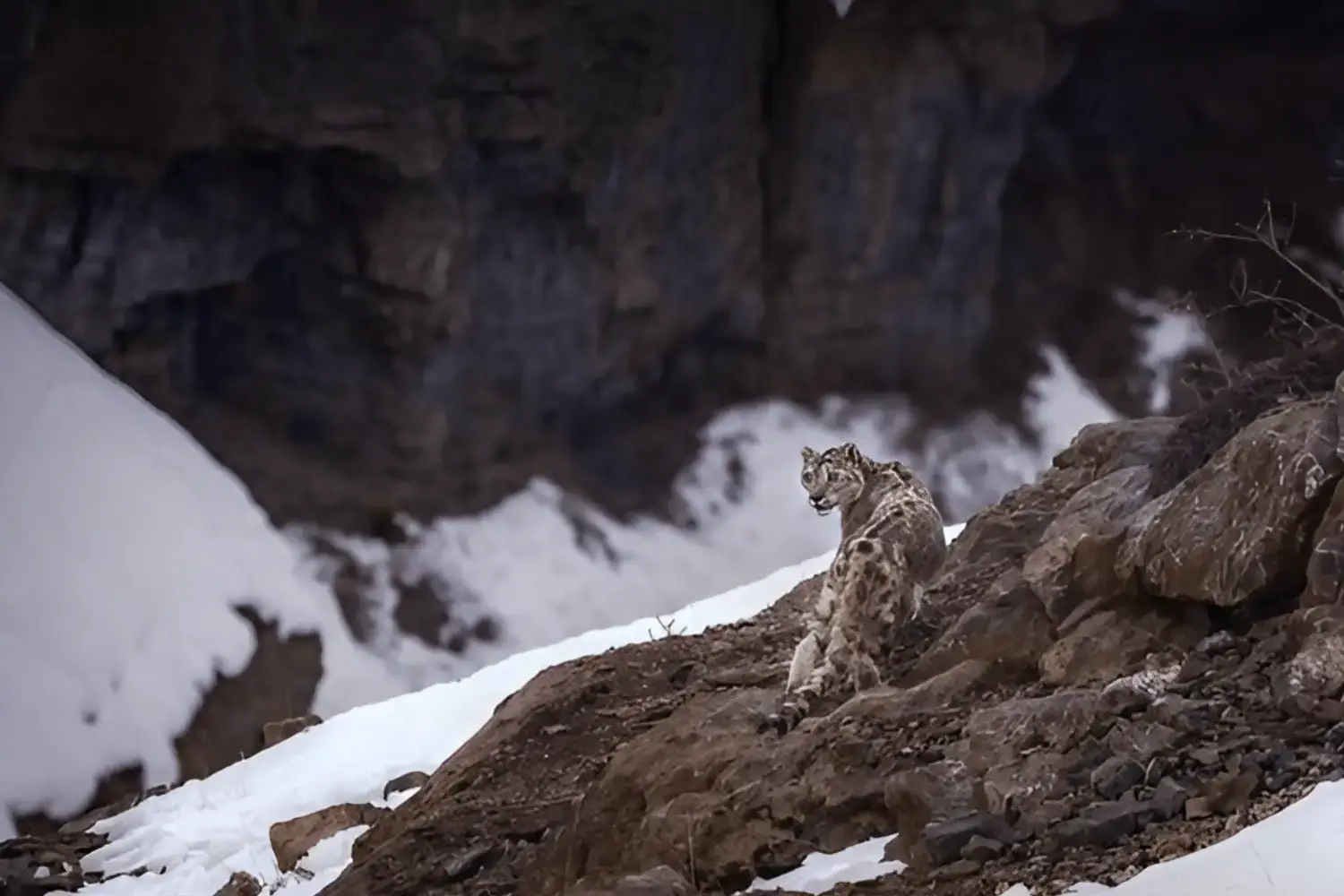
The total number of snow leopards in Himachal is intricately tied to the tenuous stability of the food chain in high-altitude areas. As the apex predator, snow leopards depend greatly on the blue sheep and Himalayan ibex, the two keystone herbivores that support the mountain ecosystem. Population survey data from the last few years is indicating positive trends; Blue sheep populations grew from 786 in 2020 to 1,094 in 2024 Ibex increased from a population of 92 to 146 in the same time frame. Such sustained increases are clearly benefitting the growth trend of the snow leopard population in Himachal Pradesh, illustrating that ample prey density equates to increased predator density.
Conservationists stress that continued balance maintained through improved pasture management, community-based grazing enforcement, and habitat protection is critical for the long-term conservation of the snow leopard in Himachal Pradesh.
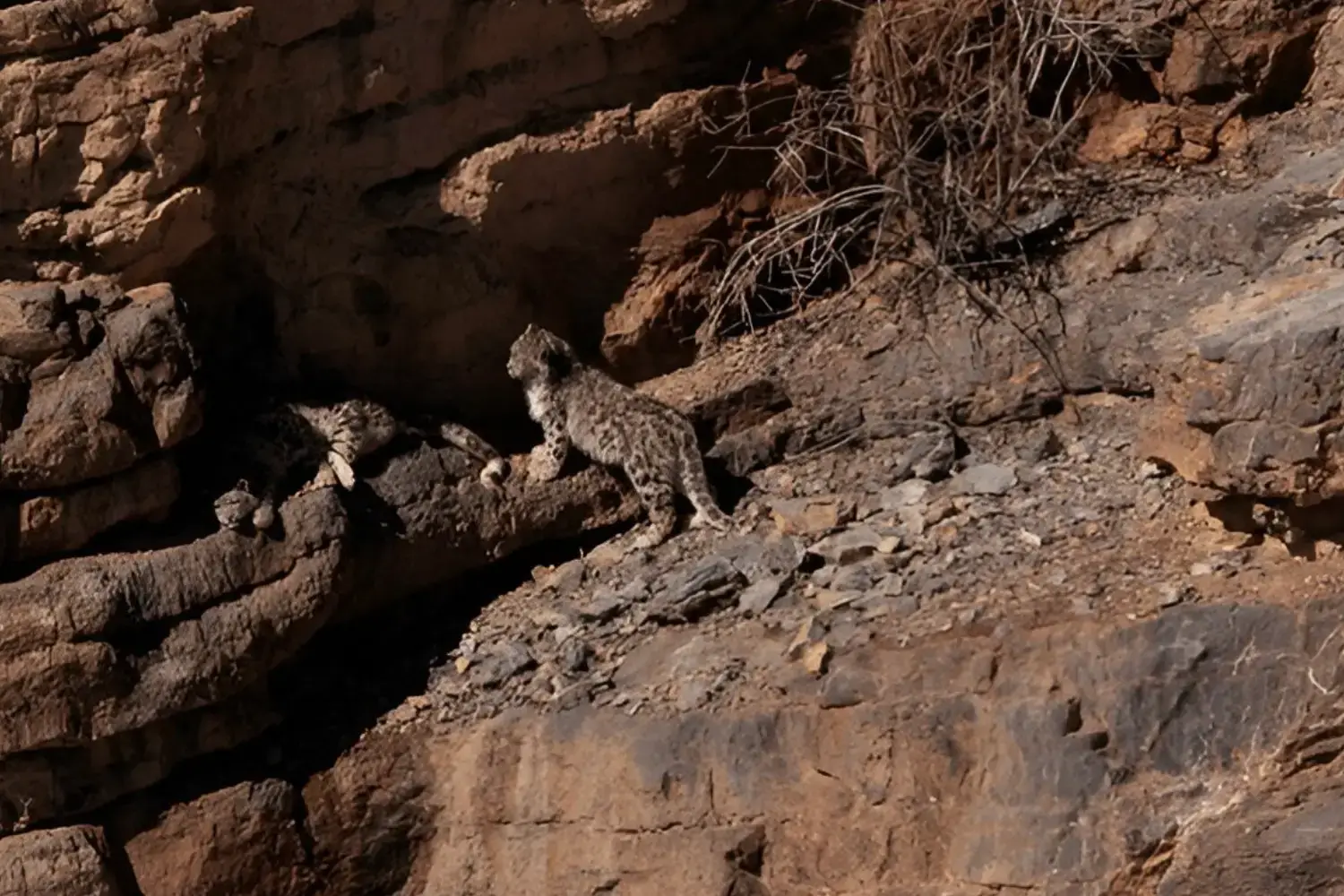
Researchers also reported two new mammal species previously unknown in Himachal Pradesh, in an exciting finding:
These observations corroborated the already known biodiversity of the Himalayan landscape, whilst adding a critical layer of understanding about Himalayan ecology, further supporting calls for long-term Snow Leopard Conservation.
The Wider Himalayan Web Beyond the Big Cats
The extensive camera trapping survey also documented numerous other species cohabiting the snow leopard's mountainous habitat, including the Himalayan brown bear Himalayan wolf, Musk deer, Red fox, Common leopard, Yellow-throated marten, Mountain weasel, blue sheep and Himalayan ibex. Such incidental detections cements an uplifting wildlife biodiversity of Himalachal Pradesh while also aiding in updating biodiversity range maps, understanding ecological corridors and locating future conservation hotspots throughout the state.
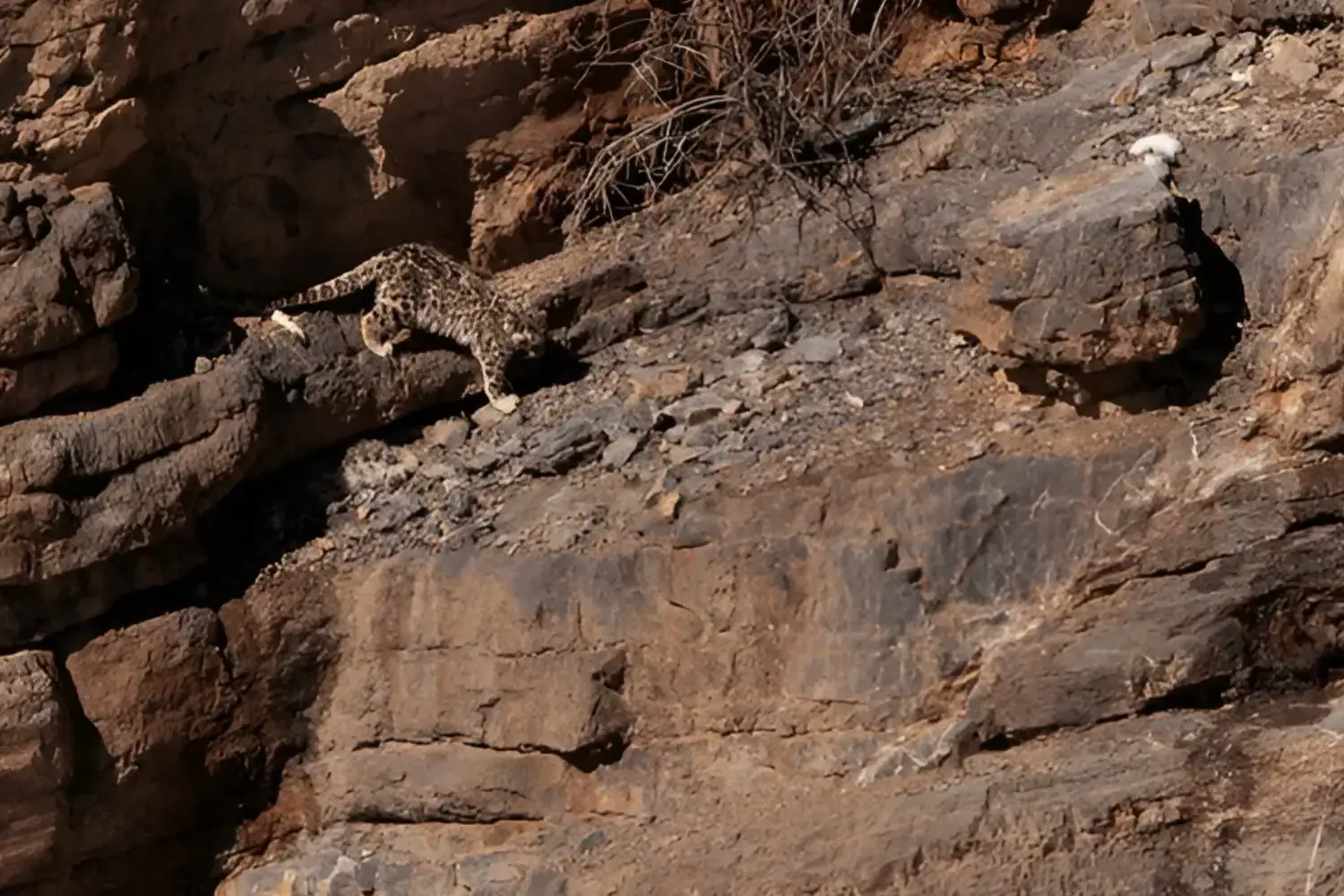
Concerning the findings, Goldy Chhabra, Deputy Conservator of Forests, Spiti Wildlife Division, stated, “The Spiti landscape is one of the country’s most ecologically important and biodiversity-rich areas.” Chhabra stresses that the department hopes to advance scientific knowledge on the movement ecology of snow leopards, a keystone species and top predator in this fragile ecosystem.
The Forward - Looking Measures
Expanding long-term ecological monitoring and camera-trap studies. Keep mapping snow leopard movement corridors across the high-altitude regions of Himachal following the Snow Leopard Population Assessment of India protocol.Documenting other species, including herps and amphibians.
Enhancing community-based conservation initiatives in Spiti and Kinnaur. Advocating for responsible Snow Leopard tourism in Himachal to help support local livelihoods and safeguard wildlife habitat.
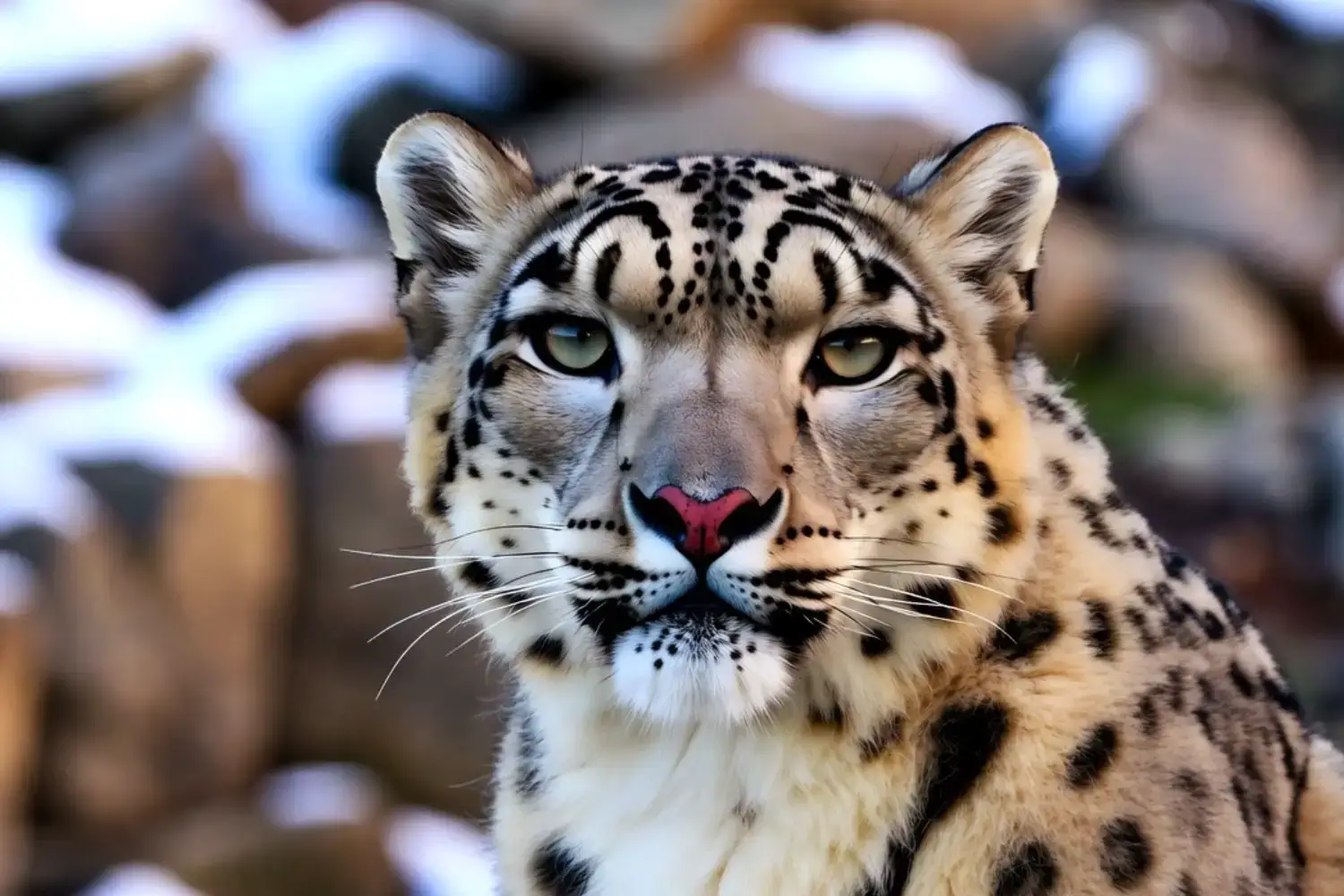
The fact that the total number of snow leopards in Himachal Pradesh has doubled is a great demonstration of how data-driven science, community involvement, and long-term conservation plans can improve the fortunes of even the most at-risk species. Two new species and healthy numbers of snow leopards reported demonstrate that the high-altitude wilderness of Himachal remains a living sanctuary of the Himalayas. The renewed focus on Snow Leopard Conservation efforts in Himachal Pradesh not only improves ecological resilience but also presents tremendous possibilities for sustainable Snow Leopard tourism in Himachal and serves as a rallying cry for the world to protect the last great wilderness areas.




